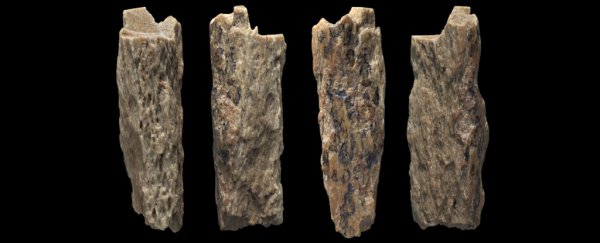The Denisovans are an extinct relative of modern humans that also share a common ancestor with Neanderthals.
Little is known about this category of hominin, which is currently considered to be either a subspecies (Homo sapiens denisova) or a distinct species altogether (Homo denisova).
Remains of several distinct individuals have been uncovered in a Siberian cave named Denisova in recent years, beginning with the discovery of a single fingerbone in 2008.
A single mandible most likely belonging to an adolescent was uncovered high in a Tibetan cave, eventually reported as Denisovan in 2019. The first-ever Denisovan skull fragments were also described in 2019.
This relative scarcity of bones makes it hard to determine significant anatomical or behavioural characteristics of these archaic humans.
Genetic analysis, though, suggests their lineage separated from Neanderthal populations within several hundred generations of a similar split between Neanderthals and our own ancestors.
A close look at Denisovan genes also suggests populations once migrated as far as Southeast Asia, with evidence of cross-breeding that contributed genes to indigenous Tibetan, Papua New Guinean, and Australian communities.
All topic-based articles are determined by fact checkers to be correct and relevant at the time of publishing. Text and images may be altered, removed, or added to as an editorial decision to keep information current.
